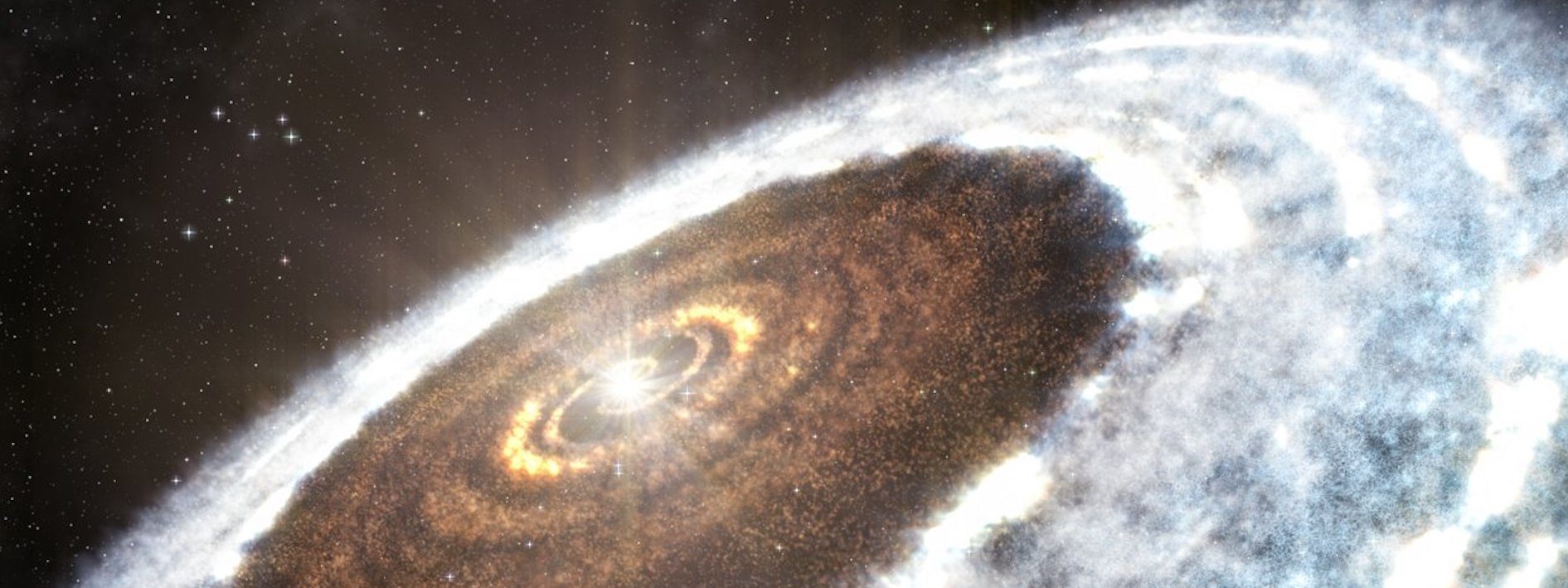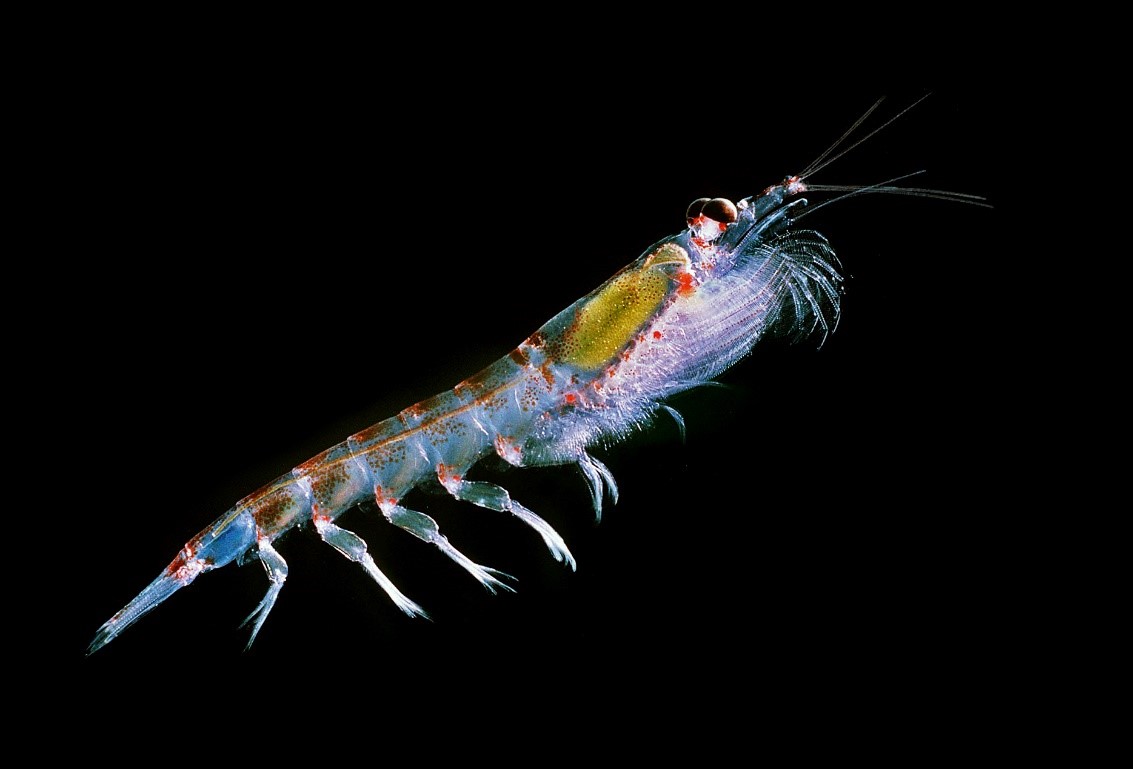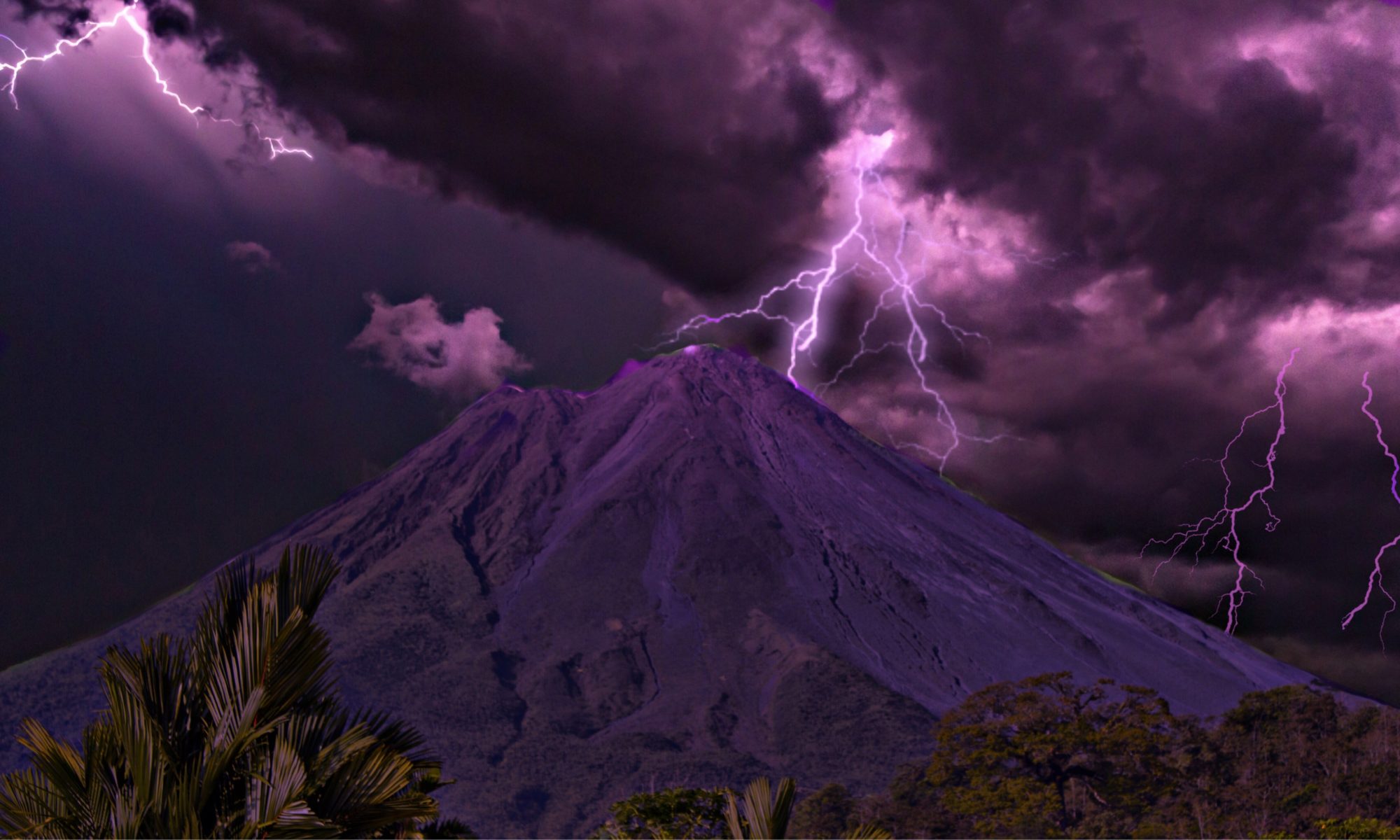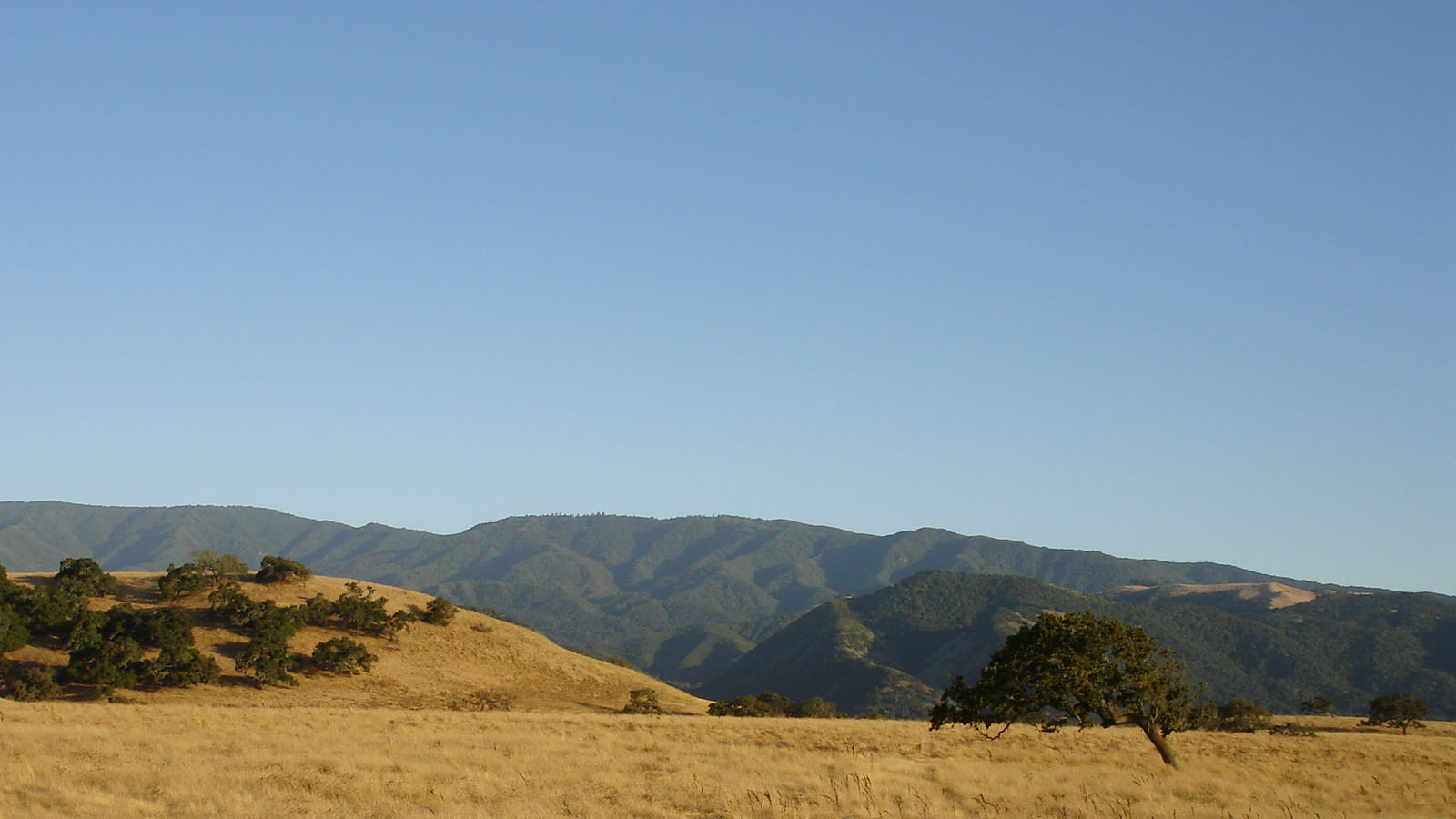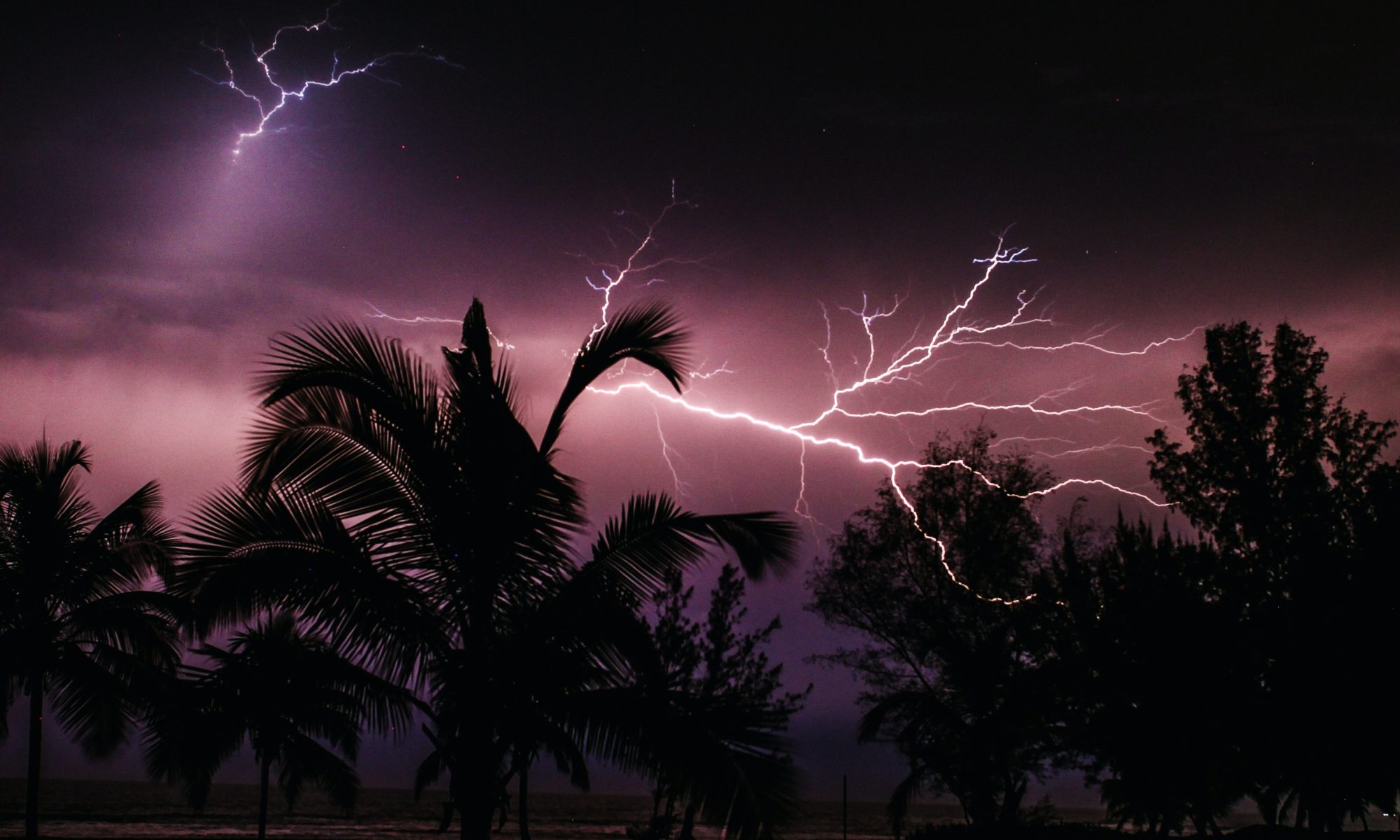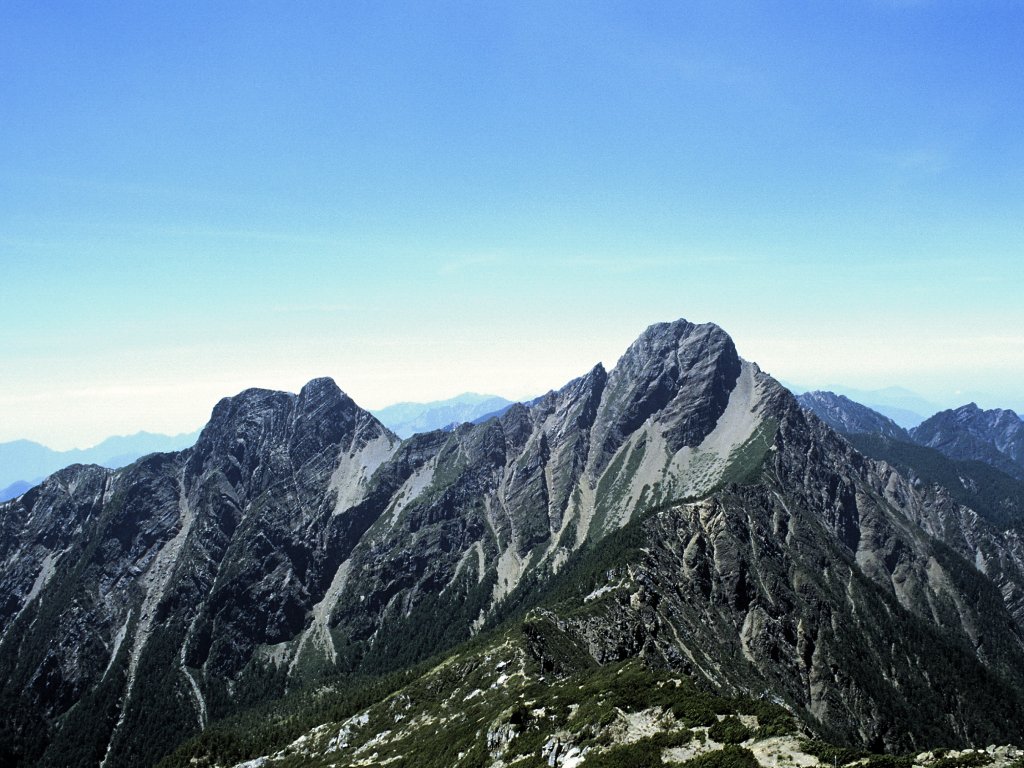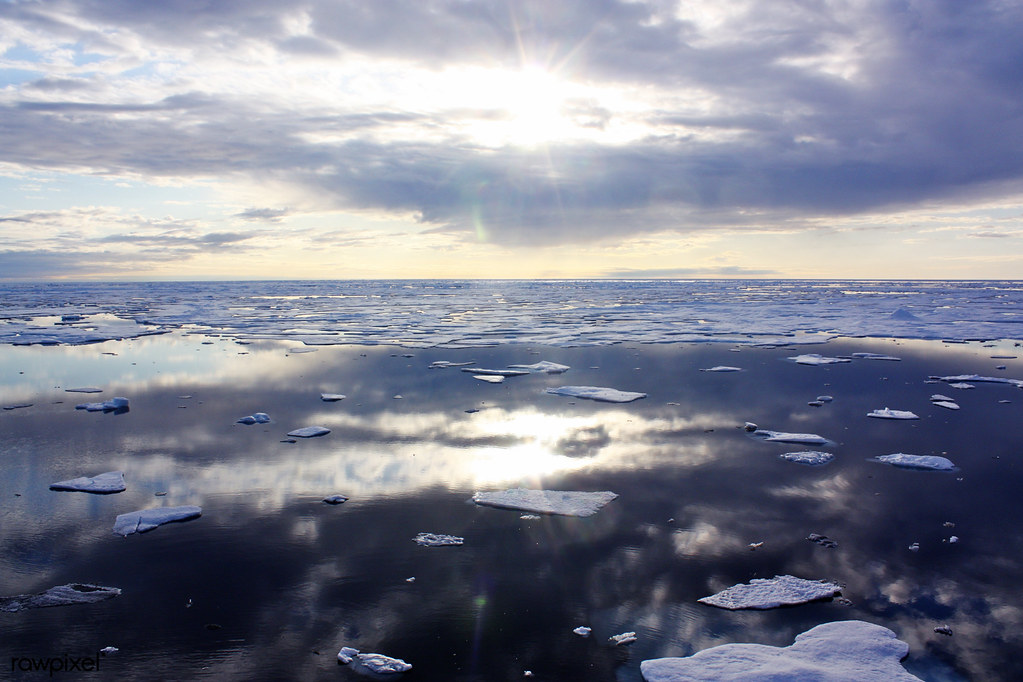Featured Image: Small headwater stream in Oregon’s Mountains. Image courtesy Jessica Buser-Young, used with permission.
Paper: The River Continuum Concept
Authors: Robin L. Vannote, G. Wayne Minshall, Kenneth W. Cummins, James R. Sedell, Colbert E. Cushing
Perhaps last time you went for a hike, you stumbled upon a burbling spring pushing its way up through the leaf litter after a heavy rainfall, creating a tiny rivulet of water crisscrossing over your path before plunging back into the forest. What a find! Excitedly, you squatted down and gently uncovered the spring to notice gnats lazily floating away, some nearby fruiting mushrooms, and great clumps of decomposing twigs and leaves which you assume harbor uncountable numbers of microorganisms. This unique little ecosystem is profiting from the nutrients and water being pushed from the ground, using the opportunity to have a feast. But what happens to the nutrients and carbon that gets past these plants and animals?
Continue reading “Mosaics of Life Along a River”

